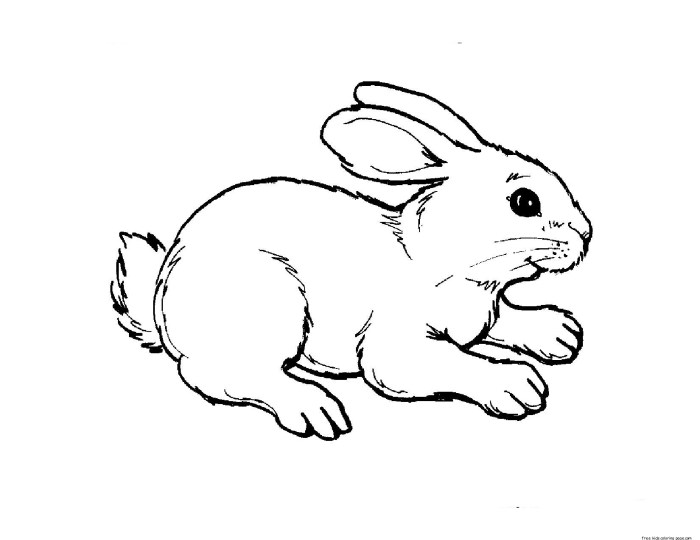Animal Selection & Vocabulary: Esl Coloring Worksheets Animals

Esl coloring worksheets animals – Choosing the right animals for ESL coloring worksheets is crucial for engaging young learners. The animals should be familiar, visually appealing, and lend themselves to simple vocabulary. The phonetic spellings provided will aid pronunciation for both teachers and students.Selecting animals that are easily recognizable and culturally relevant ensures that the learning experience is accessible and enjoyable for all students.
The following selection focuses on animals commonly encountered in children’s books and everyday life.
Animal List with Phonetic Spellings and Definitions, Esl coloring worksheets animals
- Cat /kæt/: A small, furry, domesticated animal known for its purring.
- Dog /dɒɡ/: A domesticated canine, often kept as a pet.
- Bird /bɜːd/: A feathered, winged animal that can fly.
- Fish /fɪʃ/: An animal that lives in water and breathes through gills.
- Elephant /ˈelɪfənt/: A large, gray mammal with a trunk and tusks.
- Lion /ˈlaɪən/: A large, powerful cat with a tawny mane (males).
- Monkey /ˈmʌŋki/: A primate with a long tail, often found in trees.
- Bear /beər/: A large mammal with thick fur, often found in forests.
- Giraffe /dʒɪˈræf/: A tall African mammal with a long neck and spotted coat.
- Zebra /ˈzebrə/: An African mammal with black and white stripes.
Example Sentences Using Selected Animals
Here are five example sentences illustrating the use of the selected animals in simple English sentences. These sentences are designed to be easily understood by ESL learners.
- The cat sat on the mat.
- My dog loves to play fetch.
- A colorful bird sang a beautiful song.
- The fish swam in the big blue ocean.
- The elephant drank water from the river.
Vocabulary Matching Activity
This activity helps reinforce vocabulary learning through visual association. Students match the images of the animals with their corresponding written names.
- Image: A drawing of a cat. Word: Cat
- Image: A drawing of a dog. Word: Dog
- Image: A drawing of a bird. Word: Bird
- Image: A drawing of a fish. Word: Fish
- Image: A drawing of an elephant. Word: Elephant
- Image: A drawing of a lion. Word: Lion
- Image: A drawing of a monkey. Word: Monkey
- Image: A drawing of a bear. Word: Bear
- Image: A drawing of a giraffe. Word: Giraffe
- Image: A drawing of a zebra. Word: Zebra
Assessment & Differentiation

Assessing student understanding after using the animal coloring worksheets can be achieved through a variety of simple, yet effective methods. These methods should focus on both the students’ comprehension of the animal vocabulary and their ability to apply that vocabulary in a practical context. Differentiation strategies are crucial to ensure all students, regardless of their English proficiency or learning needs, can engage meaningfully with the activity and demonstrate their learning.Differentiation of the worksheets and assessment methods allows for a more inclusive and effective learning experience.
By tailoring the activity to different proficiency levels and learning styles, educators can ensure that all students have the opportunity to succeed. This includes adapting the activity for students with special needs, ensuring accessibility and promoting inclusivity in the classroom.
Simple Assessment Methods
A straightforward approach to assessing student understanding involves direct observation during the coloring activity. Teachers can note which students confidently identify and color the animals correctly, indicating a strong grasp of the vocabulary. Additionally, a brief, informal oral quiz can be conducted, asking students to name the animals they have colored. This provides immediate feedback and allows for personalized support.
A simple matching activity, where students match animal pictures to their names, can also be implemented. This offers a more structured assessment compared to direct observation.
Differentiation for Varying English Proficiency Levels
For students with lower English proficiency, the worksheets can be modified by including phonetic spellings or simplified vocabulary. For example, instead of “giraffe,” the worksheet might use “giraf” or provide a visual cue like a picture of the animal. More advanced learners can be challenged with additional activities, such as writing short sentences describing the animals or creating their own animal-themed stories.
Providing sentence starters or word banks can support students at all proficiency levels.
Adapting Worksheets for Students with Special Needs
Students with visual impairments can benefit from using tactile materials, such as textured paper or raised-line drawings. Auditory learners might benefit from listening to animal sounds while they color. Students with fine motor skill challenges can use larger crayons or markers, or even dictate their answers to an assistant. For students with attention deficit hyperactivity disorder (ADHD), breaking down the task into smaller, more manageable steps can help maintain focus.
Providing a quiet workspace and minimizing distractions are also important considerations. For students with autism spectrum disorder, providing a visual schedule or using a preferred communication method (e.g., picture exchange system) can promote engagement and reduce anxiety.
ESL coloring worksheets featuring animals are a fantastic way to engage young learners, combining fun with educational benefits. The vibrant nature of these worksheets can even inspire artistic exploration, leading some students to explore digital art techniques. For those interested in taking their coloring skills further, learning digital anime coloring tips can be incredibly rewarding. Returning to the simpler world of ESL animal coloring pages, however, provides a great grounding in basic color theory and fine motor skills.
